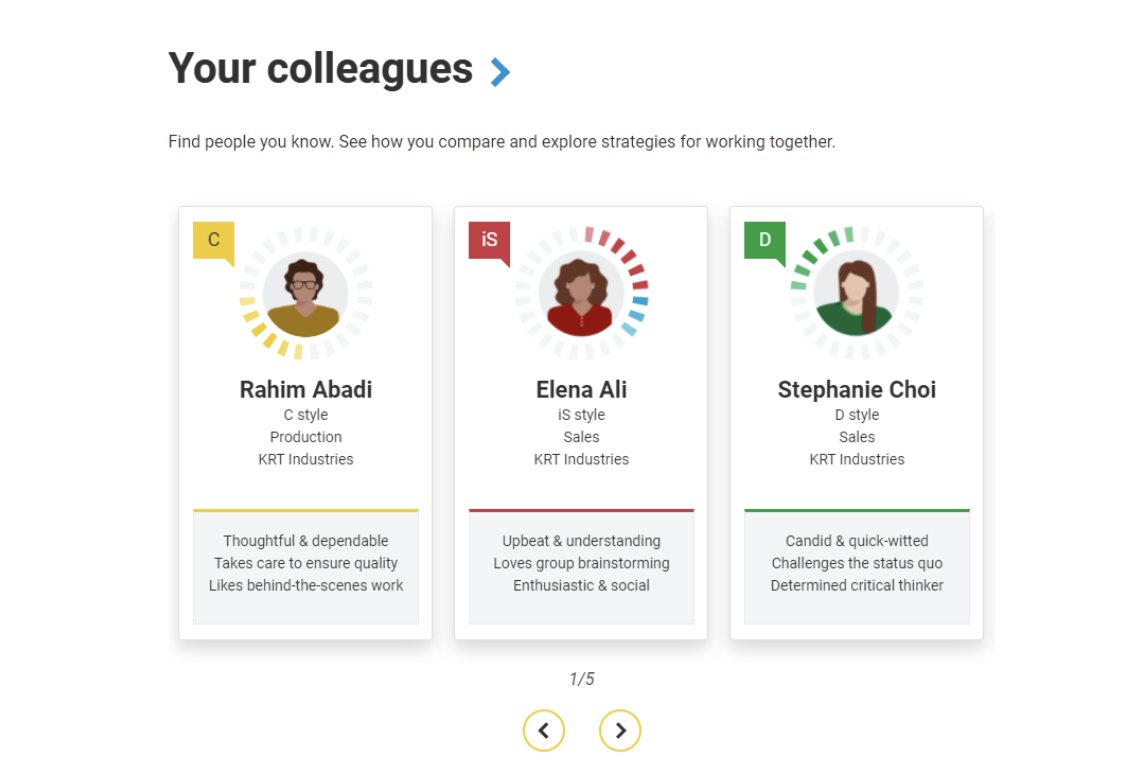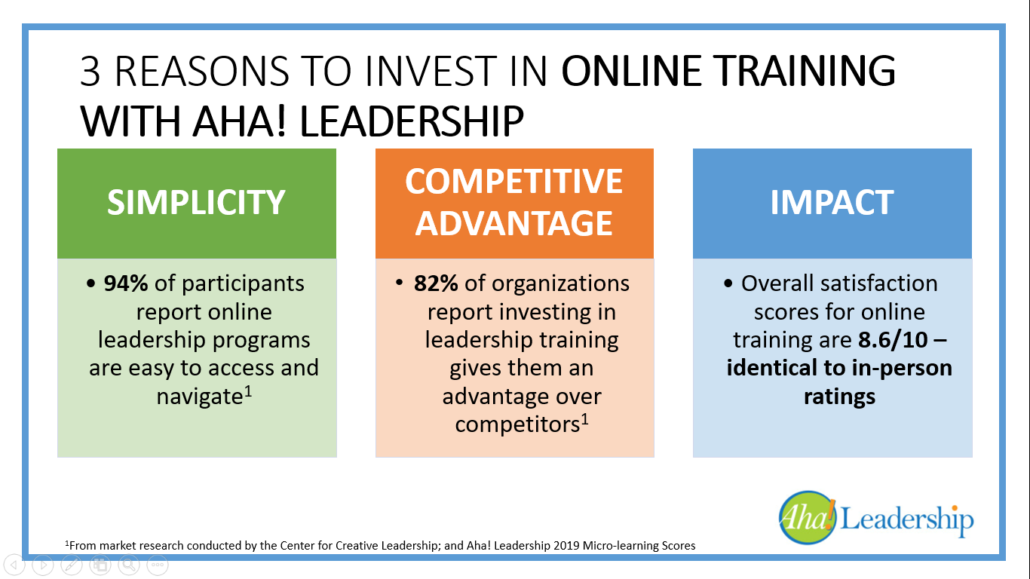Effective Leadership: 3 Keys to Seeing the Future Through the Fog
3 Keys to seeing the future through the fog
Effective management is a solution to many of the problems companies face today – as well as in any work environment.
But what does effective management mean in our current climate?
How do managers need to evolve going forward?
What new skills do they need to acquire or enhance?
1. Managers as coaches
A manager is no longer a “boss” or a delegator, but instead acts as a coach and facilitator of success for their team members.
To be an effective coach, managers must engage employees regularly so they can:
- Have meaningful conversations that allow them to understand each employee’s personal situation, preferences, strengths and professional goals
- Involve employees in establishing performance goals
- Set expectations and systems of accountability
This builds trust. Furthermore, by accentuating their strengths, helping employees plot their career paths and guiding them toward opportunities that will help them accomplish those goals, managers can boost:
- Employee confidence
- Feelings of inclusion
- Engagement
Engaging employees in this way also helps to eliminate common areas of frustration and perceived disrespect. If a manager knows who their employees are as people, including their personal challenges, desires and innate tendencies, they can cater their management style to each person’s needs. Because everyone is wired differently, managers can’t expect to treat everyone the same and expect consistently good results.
As an example of how employees can be so vastly different, Gallup recently conducted a survey of 15,000 workers asking them whether they prefer, post-pandemic, that their work and personal life are separate or blended. Surprisingly, the result was 50% in favor of separation and 50% in favor of a blend. Now think about the people you manage – and imagine the friction that could be created if you didn’t know which category each of your employees prefer.
2. Effective leaders as deliverers of a consistent culture
In times of uncertainty, organizational culture can be a powerful differentiator between good and great workplaces. A culture with desirable qualities can:
- Attract and retain star employees and, as a result, elevate the customer experience.
- Can help employees to be more resilient and enable companies to better weather tough times.
Despite the increased focus on employee wellness in company culture, Gallup has found that the number of employees who strongly agree with the statement “my employer cares about my wellbeing” has dropped from nearly half to less than a quarter. This is a major problem, and managers must work to combat this perception and help to close the gap between executive leadership and employees.
Managers are the leaders who employees interact with the most. To many employees, their direct manager is the face of the company and represents the brand and culture to them. Therefore, managers have the most regular opportunity to embody and model the organizational culture to employees.
3. Effective leaders as architects of resiliency and engagement
Leaders must build resiliency and engagement in their employees to counteract negative emotions, such as change fatigue. To do this, they must balance flow and burnout.
- Flow is the state at which employees experience challenges, but they rely on their strengths and manager’s guidance to perform at their best.
- Burnout is when employees experience challenges plus barriers in their way.
Both flow and burnout share “high challenge” in common. Challenge is good and you don’t want to remove it from the workplace. What effective leaders should remove from the workplace are the barriers that hold employees back and frustrate them, so they can help employees accomplish what they need to do.
There’s also the recent phenomenon of quiet quitting, which really just means that employees are not engaged. If managers understand their employees and their personal situation, and take steps to intervene, quiet quitting doesn’t have to happen.
As Gallup has found, the average engagement level in the U.S. is at 32%. At great companies, regardless of geographies or industries, engagement levels are consistently at 70% or higher. What this statistic tells us is that high engagement is achievable and that leaders have an important role to play.
Source: Insperity
“The pessimist complains about the wind. The optimist expects it to change. The leader adjusts the sails.”
– John Maxwell
Did you know this about disc?
DiSC is an assessment that aids with effective communication

DiSC is a valuable tool for managers. It gives you insight into your own management approach. And it helps you understand when and how to adapt your approach to the people you manage. Get a quick overview of how it works.







